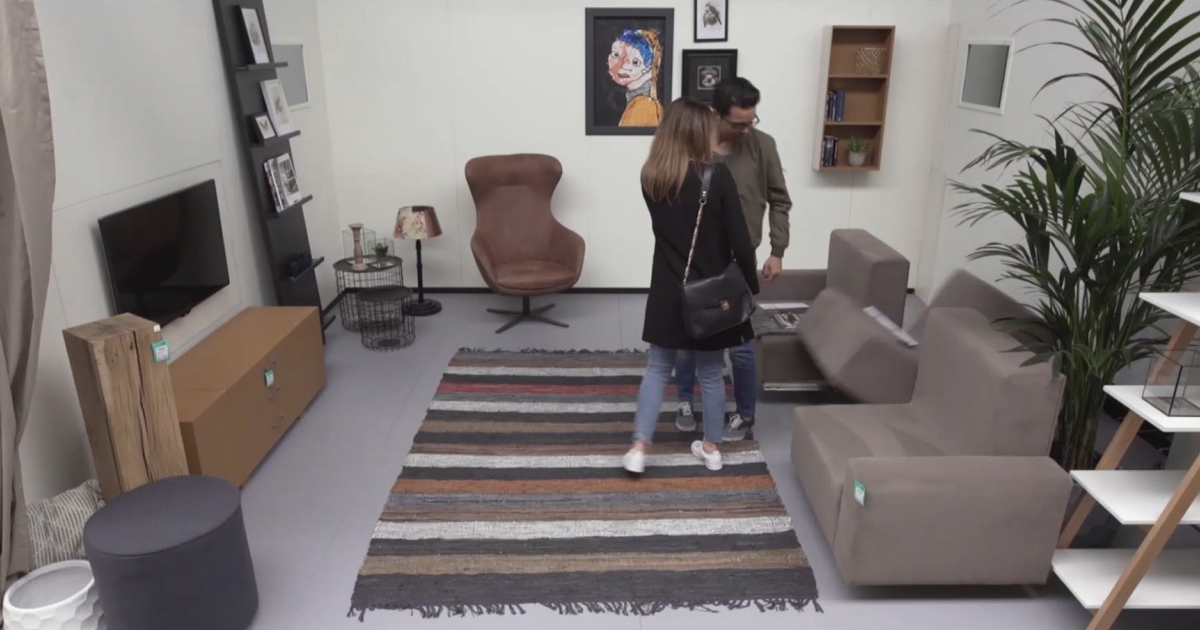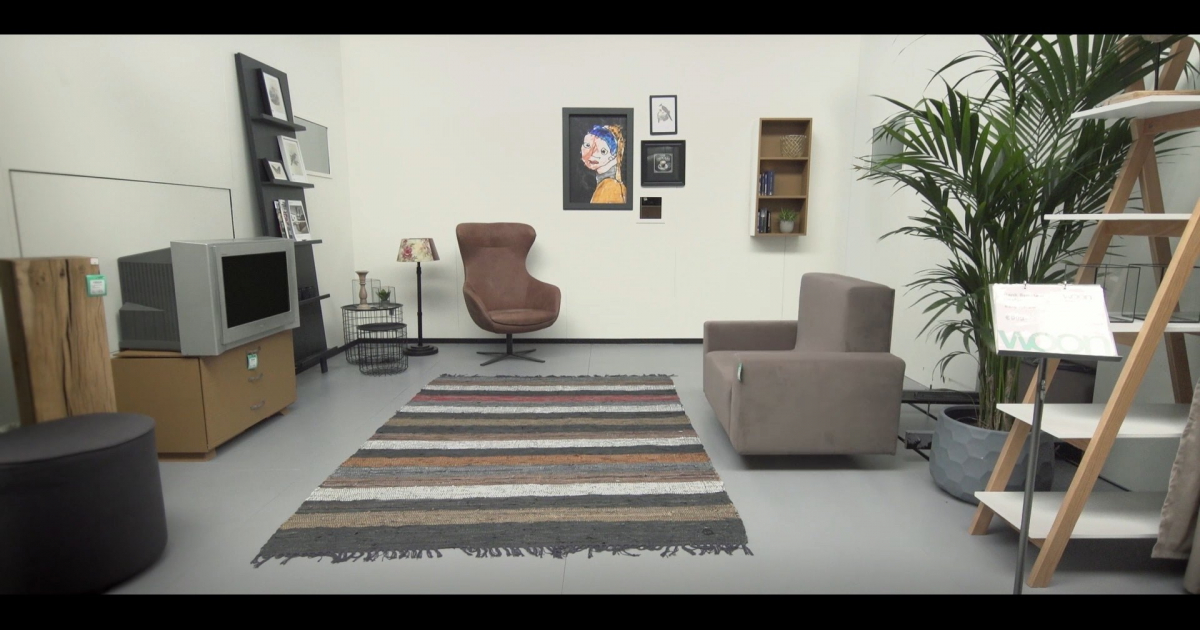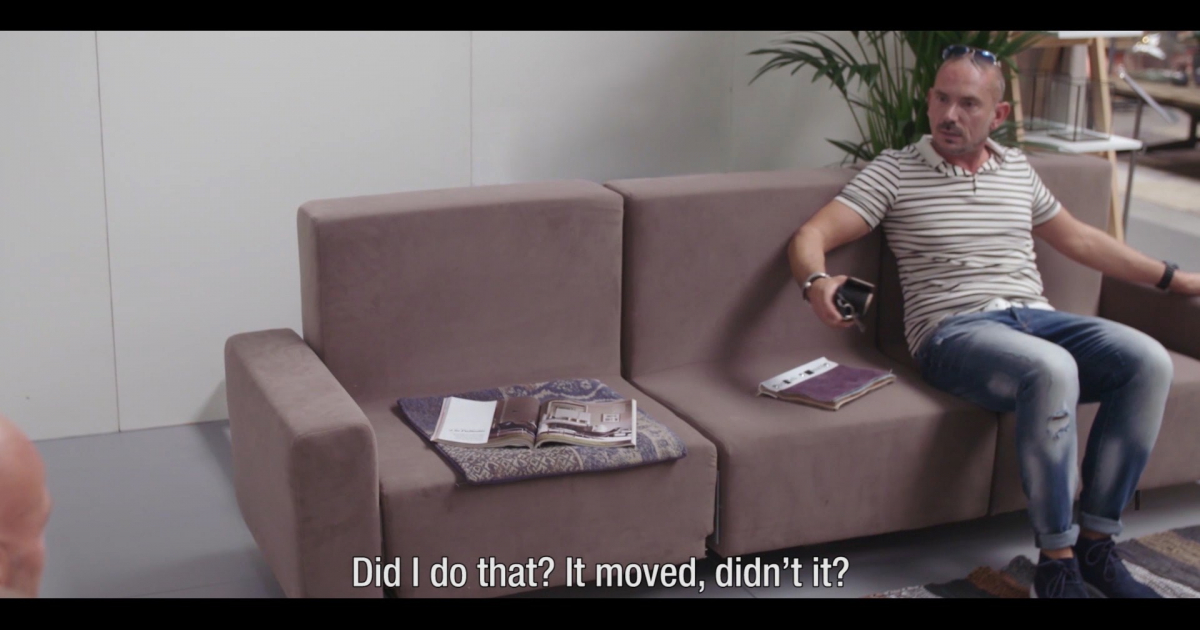Transforming furniture

In search of positive contact moments to get our message across, we aimed for 180,000 interactions. (In the definition of Nationale-Nederlanden an interaction is: view 95% watched, a like, comment or share.) In total we achieved 294,000 interactions.
In total 1 million people were reached.
And, not unimportantly, 35% more home contents insurances were sold during the campaign period.
The idea was to dramatise the fact that people, even though they are insured, will not get enough money to replace their damaged furniture, by staging an experience in a big furniture store. We furnished a model living room and made it look like all the other living rooms on exhibition in the showroom. But it wasn’t like all the others. We had a workshop make special items that, as soon as a prospective customer sat down to try out the couch, started to change in shape. Shrink. The couch became smaller; just like the lamp and the television set. The message was clear: without the right home contents insurance you can only buy a lesser version of your damaged things.
We filmed the reactions of the unsuspecting shoppers to this surprising turn of events and used the best and most hilarious ones to compile an online video. The video was then released online.
Nationale-Nederlanden’s home contents insurance (inboedelverzekering) has a USP: it’s the only policy that replaces your damaged property with brand-new items for up to 10 years after purchase. And we wanted the target audience of young people and starting families to know about it. Unfortunately, due to the nature of their business, insurance companies have little contact with their customers. Basically only in case of damage claims. So people see little difference between insurers and tend to be indifferent about them and their products. This gave us an interesting challenge: how do you reach people if you DO have an important product advantage you want to communicate to them?
Knowing that rational arguments don’t make much of an impact, we decided that the core of the brief should be to take down the indifference barrier by not just telling people about the importance of assuring fitting replacement, but making them experience it.


